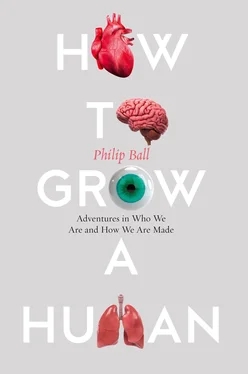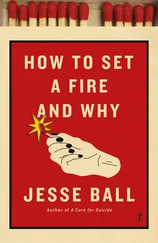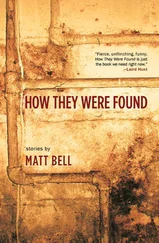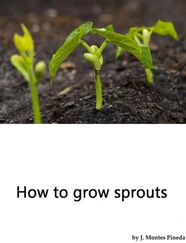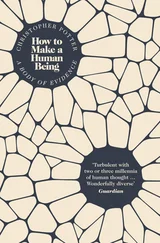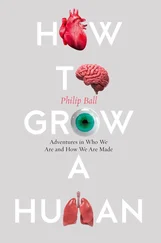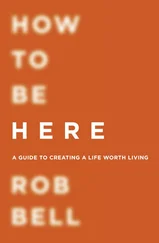It’s tempting to suppose that the bare biology of reproduction is quite distinct from the human mechanics and its attendant rituals, its messiness and epiphanies and calamities. But we rarely make any statement about biology, and least of all about the biology of making humans, that is devoid of a culturally shaped narrative. If we imagine we can start talking about new ways to grow humans (and parts of humans) that do not inherit some aspects of the stories we tell about how we do it already, we are fooling ourselves.
The old ideas of generative male seed quickening the passive female “soil” are evidently invested with patriarchal stereotypes. Within Christian tradition, conception long struggled to find accommodation with religious thought, being simultaneously a miraculous gift of God (and thus a moral obligation) and the fruit of sin. Within this view, the only “pure” conception in the history of humankind was one that took place two thousand years ago without intercourse and without seed, to dwell on the gestation of which was to risk heresy. And medieval theology willingly lent authority to the idea that to expel male seed not directed towards procreative possibility was even worse than to couple in lust, for it was liable to be taken up by demonic succubi and bred into monsters.
These were tales not just about the social side of sex but about its biological and medical aspects too. Until the nineteenth century, the health hazards of masturbation were considered a plain medical fact, as was the idea that a fetus in the uterus could be damaged by a mother’s bad thoughts. Probably every age has imagined itself mature beyond this mixing of science with folk belief and sociopolitical ideology, but let’s not make the same mistake.
So how does the sperm fertilize the egg? Why, the plucky little fellow has to race along the vaginal passage, 2out-swimming its (his, surely!) peers in a Darwinian competition for survival. There sits the egg, plump and alluring – and in he dives, kicking off the process of becoming one of us. As Life ’s science editor Albert Rosenfeld wrote in 1969, people are made from “the sperm fresh-sprung from the father’s loins, the egg snug in its warm, secret place; the propelling force being conjugal love.” (I think you’ll find it is actually hydrogen ions crossing cell membranes.)
We see this story not just in children’s books about how babies are made, but (less obviously) in some biology textbooks too, where the active role of the sperm and the passivity of the egg cell is typically stressed. It’s wrong. There is now good reason to think, for example, that the sperm’s entry into the egg is actively mediated by the egg (although even this description still somewhat anthropomorphizes the participants, imputing aims and roles). The fastest sperm are not necessarily the victors, because sperm needs conditioning by the female reproductive tract to make it competent to fertilize an egg. There is increasing evidence that in many species the female can influence which sperm is involved in fertilization – for example by storing sperm from several mates under selective conditions, or ejecting it after sex. Some experiments on genetic outcomes of fertilization seem to imply the egg somehow selects sperm with a particular genotype, defying the conventional idea that once it gets to this stage the union of gametes is random.
It’s by means of narratives about sperm and egg getting together that we instruct our children about the “facts of life” – the definitive phrase seemingly designed to fend off the awkward questions they might otherwise ask. Questions like: Why this way? For doesn’t it seem an awfully messy, contingent and chancy way for genes to propagate, requiring a costly investment in wardrobe, grooming products and expensive meals? If children knew that parthenogenesis (development of the ovum without fertilization) was a reproductive option in the animal kingdom, I suspect many would think it dreadfully unfair that it is not available to humans. (Not only children, actually.)
So why these facts? Why go through the rigmarole of sex, if it doesn’t seem to be a biological sine qua non of reproduction?
No one really knows the answer. The usual one is that sexual reproduction, by combining the genes of two individuals, permits a beneficial reshuffling that can help stave off genetic disease. Organisms like bacteria that reproduce by simple cell division, generating clones, will gradually accumulate gene mutations from one generation to the next. As most mutations are detrimental or at best have no discernible effect on fitness, this can’t be a good thing. But bacteria proliferate exponentially and rapidly, and it doesn’t much matter if many genetically disadvantaged lineages die off, so long as there are a few that acquire mutations that improve fitness. In a rapidly growing bacterial colony, the mutations give the population a chance to explore a significant amount of “gene space” and find good adaptations. It’s for much the same reason that bacteria have evolved mechanisms to transfer genes directly from one to the other in a non-hereditary process called horizontal gene transfer.
Organisms that reproduce slowly and sparsely, like humans, don’t enjoy a bacterium’s capacity to “try out” many mutations. But sex is a way to spread them more rapidly, by allowing new combinations of gene variants to be created at a stroke from one generation to the next.
Clonal reproduction is also risky as it tends to put all a population’s eggs in one basket (to rather abuse a metaphor). Along comes some virus that exploits a bacterium’s vulnerabilities, or a change in conditions such as drought or extreme cold, and the whole colony could be wiped out – unless a few individuals are fortunate enough to possess gene variants that can withstand the threat. That’s also why genetic diversity is good for a population. And again, sexual recombination of genomes provides some of that.
So sex is a way for slowly reproducing organisms like us to eject “bad” genes and acquire “good” ones. It recommends that the organisms become dimorphic – that there be two distinct sexes, to ensure that an organism doesn’t end up combining its own sex cells, which would rather defeat the object. Or at any rate, there must be more than one sex: there’s no obvious reason why it should be limited to two, and indeed some fungi have thousands of different “sexes”. 3
From this basic requirement for a distinction between types of sex cell (gametes) stems all the rest of the exciting and confusing features of sexual dimorphism. It helps if the two sexes are distinguishable at a glance, to save the wasted effort (since generally it does cost time and effort, sometimes considerably so) of trying to mate with another individual with which that is not possible. (It also makes complete sense that those impulses and signals will not be equally strong, or present at all, in all individuals, making homosexuality a natural and common phenomenon in animals.)
Once those differences exist, they are apt to get amplified, diversify, sometimes way out of proportion. If you’re going to have sex, it’s likely that your behavioural traits will evolve to let you spot the fittest partners and to advertise your own fitness. Each sex will evolve methods of assessing mates, and outward indicators of fitness will elicit attraction in the opposite sex. Some of these make physiological sense: a lot of muscle suggests dominant males with good survival skills, wide hips in females imply superior child-bearing capacity. Other sexual signals may end up being rather arbitrary – it’s not obvious why body hair on our male ancestors would of itself confer any survival advantage. (Perhaps this was an example of “useless” signalling of fitness, like the peacock’s tail?) Some displays are simply about standing out from the crowd, like exotic bird plumage. Other facets of sexual attractiveness may be subtle: it seems likely, for example, that symmetrical facial features indicate that one’s developmental processes, which commonly unfold independently in the mirror-image halves of the body, are robust against random variations, giving the individual better health prospects. For all the elaborateness of some mating rituals in other animals, they might – if they could – count themselves lucky that these sexual signals and responses don’t get refracted through culture as they do with humans to the point where it can all get overwhelmingly confusing.
Читать дальше
